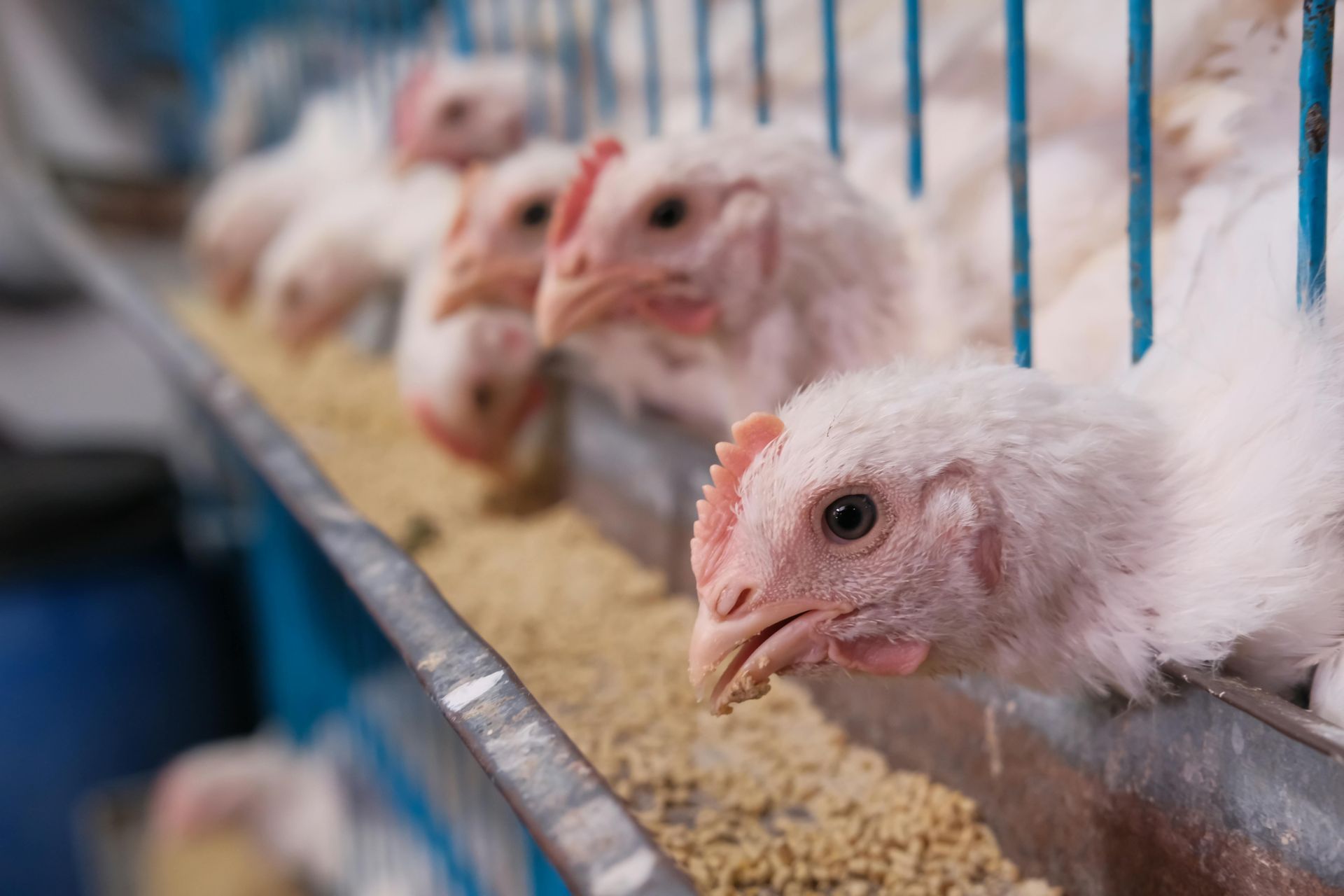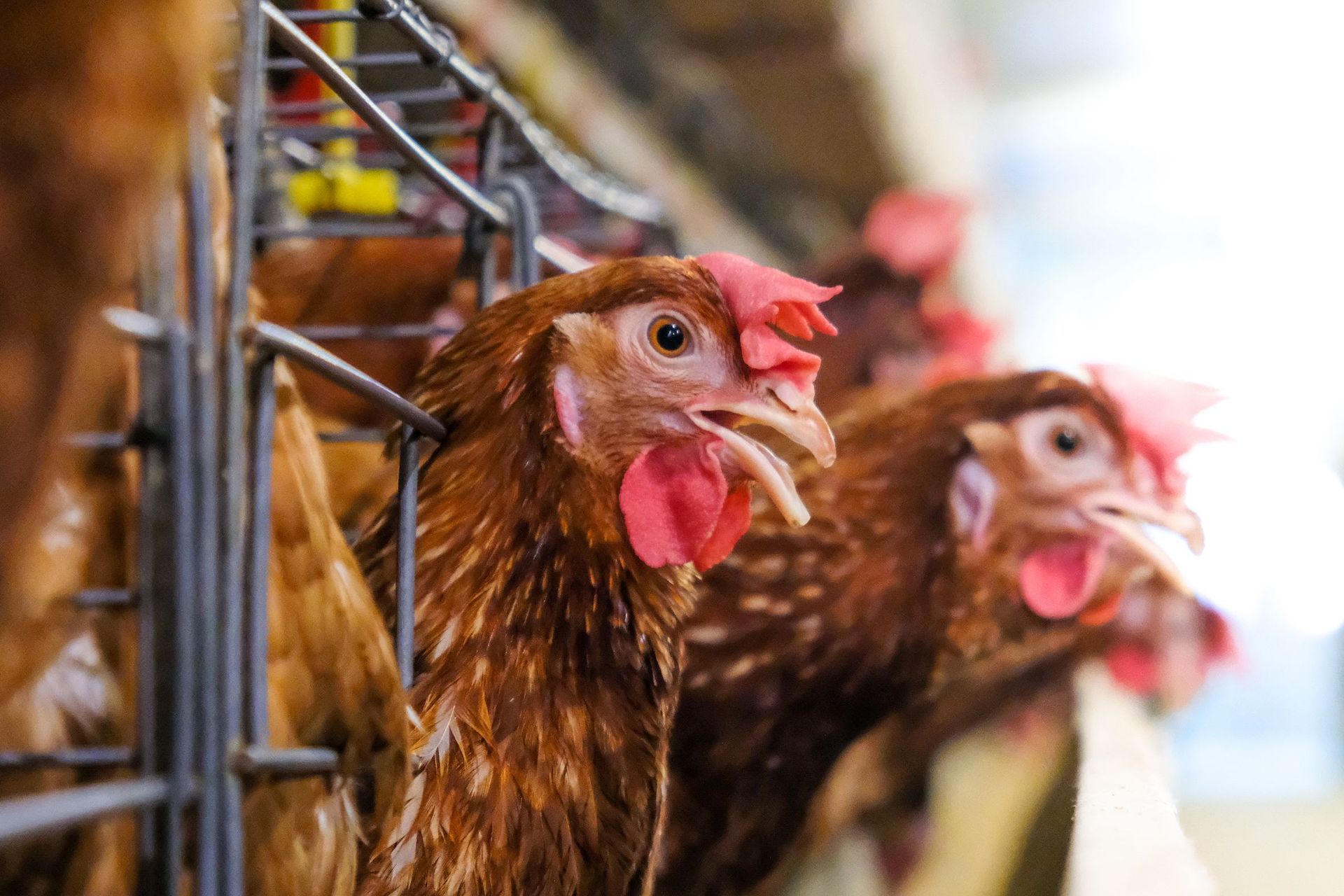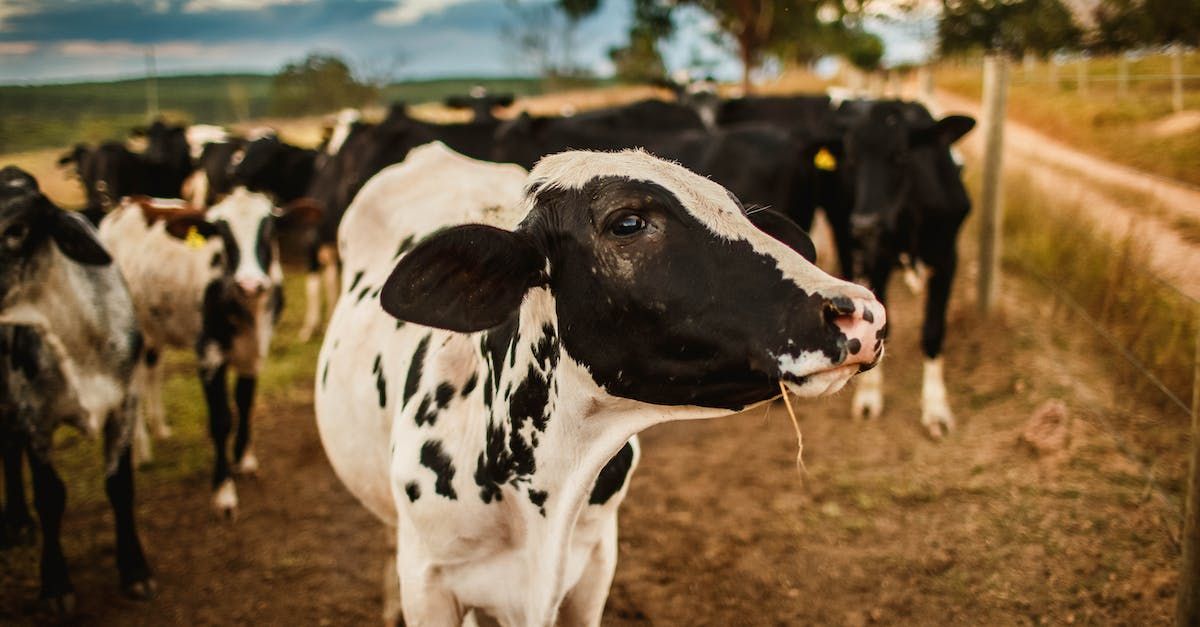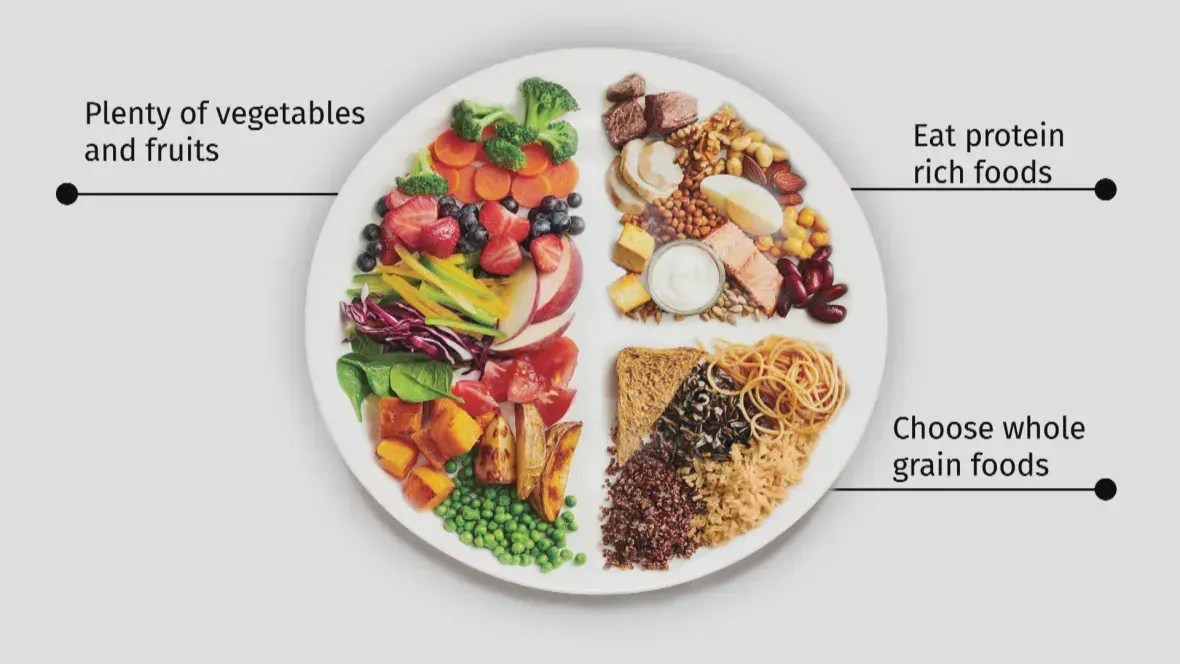From Recommended to Removed: How The Role Of Milk Has Changed Throughout The History Of Canada’s Food Guide
By Nicole Gavigan, Education Specialist at Reimagine Agriculture
Most of us are familiar with Canada’s Food Guide. You probably remember learning about the four different food groups, and their recommended daily servings. But did you know that for many decades, the Guide gave daily serving recommendations for only one food group - dairy! Milk, specifically.
But wait a second – the newest version of Canada’s Food Guide, released in 2019, doesn’t include a milk category at all. So, how did we get from “Milk: Front and Centre” to “Milk Not Included”? Let’s look at how the role of milk has changed throughout the history of Canada’s Food Guide.
In 1942, Canada’s very first food guide was published as a set of “Food Rules” to help Canadians stay healthy through wartime food rations and supply shortages. Very little nutrition research was available at the time, and this guide was created more from political and economic motivations, than from actual nutrition science.
There’s little understanding as to why the 1942 Food Rules were released with specific serving sizes for milk only, although we can speculate that it might have been one way for politicians to limit government spending on food relief payments for families in need.
Canada’s very first food guide, published in 1942 with specific amounts of milk recommended daily for everyone

The Food Rules were revised in 1944, increasing recommended milk servings to ensure more Canadians met their daily riboflavin requirements. But, still in the midst of World War II, milk supplies remained scarce. Governments strongly pushed messages to conserve food, use less, and waste nothing.
In 1948, a new Dietary Standard for Canada was published, which led to another version of Canada’s Food Rules in 1949. Although the war was now over, food scarcity continued in some regions of the world, and there were still pleas to avoid eating too much.
Despite this, the words “at least” were added in front of milk serving recommendations, mainly
at the request of doctors and nutritionists, who felt that people were unnecessarily limiting their milk intake. Another change was the addition of a new serving recommendation category for milk, for children under the age of 12, also added at the request of healthcare providers.
The next Food Guide, released in 1961, was the first to have specific milk serving recommendations for pregnant and breastfeeding women. The “at least” wording was also removed from milk’s daily recommended servings, perhaps in acknowledgement that supply shortages were long gone, and excessive food intake could be just as much a problem as insufficient intake was a few decades earlier.
The milk recommendations remained largely unchanged for several decades until the release of the 2007 Canada’s Food Guide. Here, the
Milk Products group was renamed as
Milk and Alternatives to include fortified soy milk, giving Canadians a nutritionally similar plant-based alternative to dairy milk.
And that brings us to the newest version, released in 2019. For the first time, milk is entirely absent from the visual messaging of Canada’s Food Guide. In fact, other than a small cup of yogurt, there are no dairy products at all in the new Guide’s colourful plate of food. No milk, cheese, cottage cheese, or ice cream are present.
The 2019 version of Canada’s Food Guide is the first with no specific daily milk recommendations
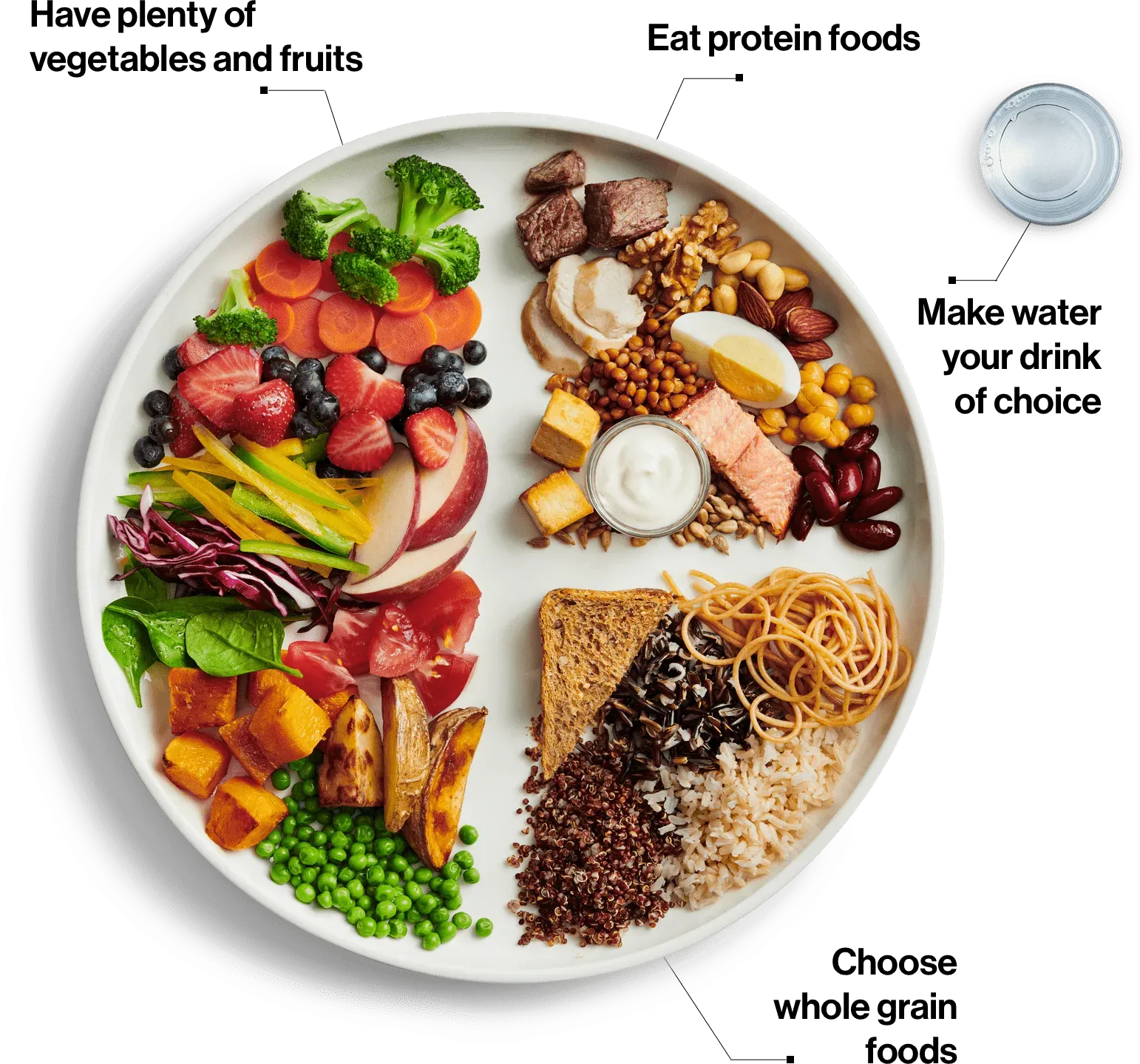

From: Canada’s Food Guide
Health Canada hasn’t abandoned milk entirely. The reverse side of the Guide’s plate of food image, seen above, shows glasses of milk in the photos encouraging healthy eating practices, and the website includes advice to choose lower fat dairy products.
Still, this is a massive change for a nutrition guide that recommended daily servings of milk and dairy for everyone just 16 years ago. Compare the above image of today’s Food Guide with the image below of the previous version.
In 2007, Canada’s Food Guide recommended anywhere from 2 to 4 daily servings of milk or milk products, based on age

Adapted from: Food For Health
So, why this major change? Through the development of past versions of Canada’s Food Guide, the Canadian dairy industry lobbied persistently to keep dairy products front and centre. In fact, a recent study on Canadian nutrition policy from 2016 to 2021 found that the dairy industry lobbied policy-makers more, by far, than any other food or beverage industry.
But, ahead of the development of the most recent 2019 Guide,
restrictions on lobbying were put in place to reduce industry influence on nutrition recommendations. For the first time, Canada’s Food Guide was developed without direct lobbying from the food & beverage industry.
To learn more about Canada’s newest Food Guide, and its potential impacts on public and environmental health, check out our
video series here! Be sure to follow us on social media for updates on our campaigns, and to find out how you can get involved.
